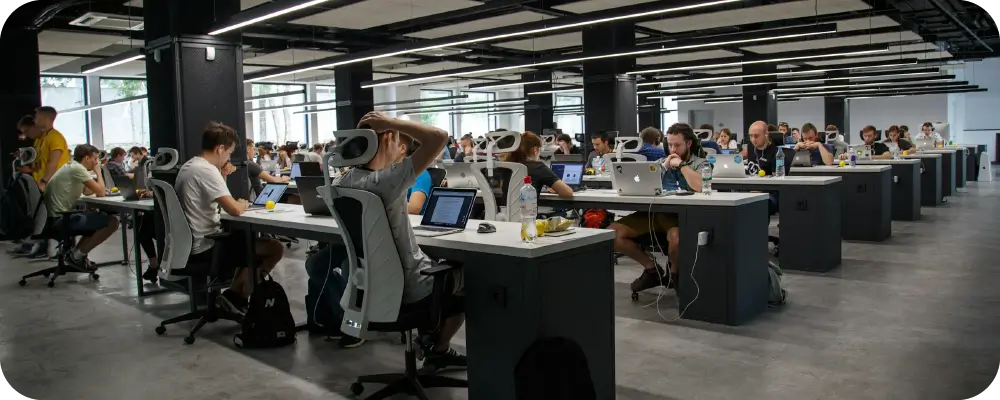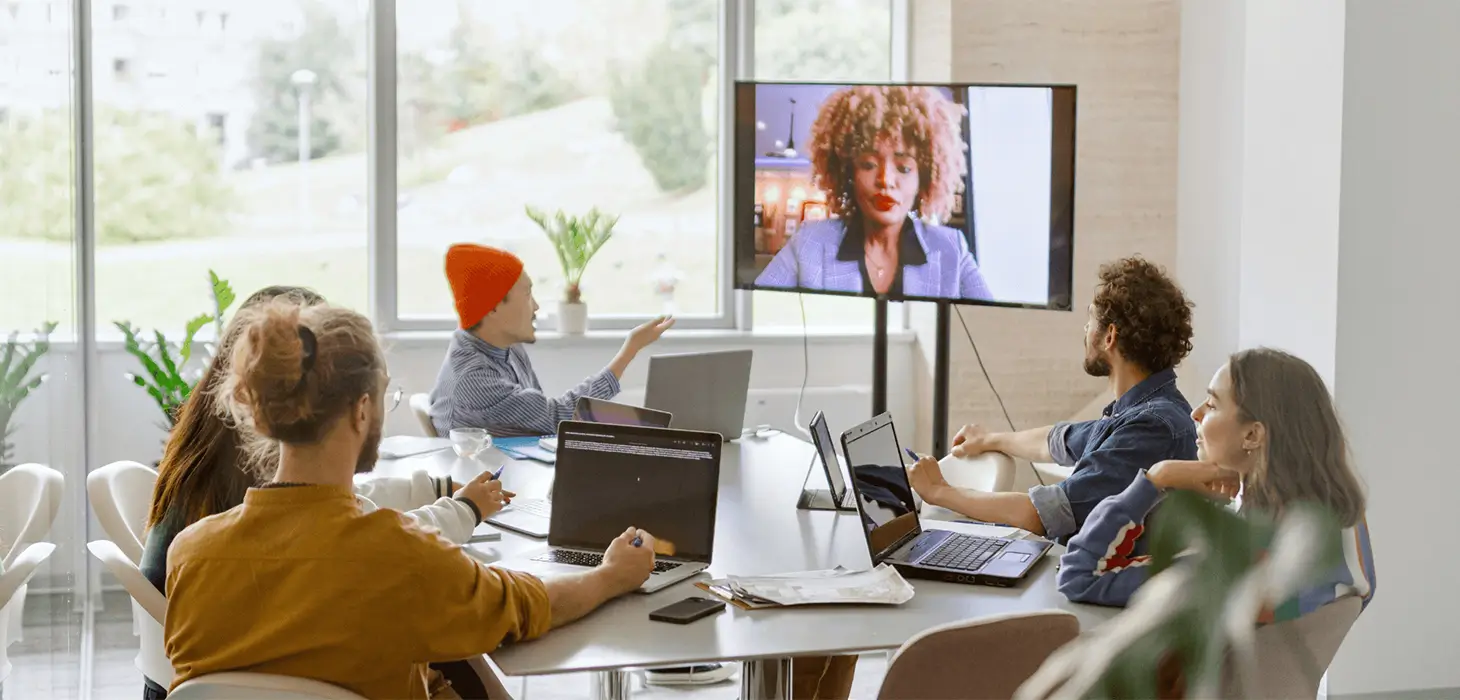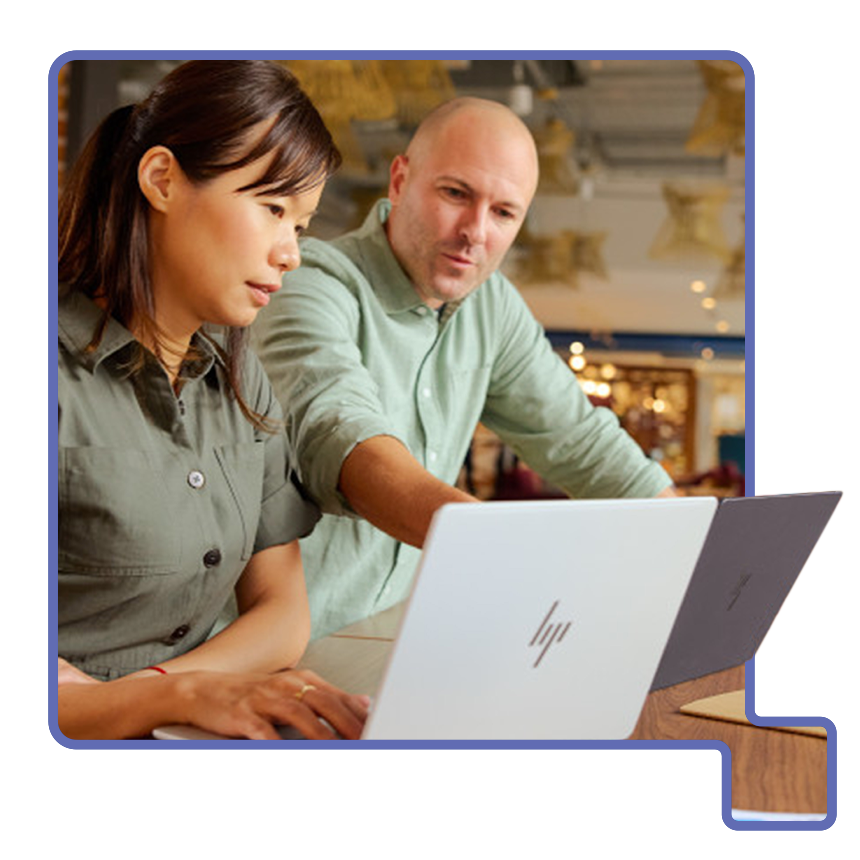In most professional spaces, work is no longer defined by location. Rather, it's an activity that happens across a continuum of spaces, from corporate headquarters to kitchen tables, coffee shops to coworking spaces.
These are undeniably positive developments in supporting work/life balance, as well as improving productivity, access to skills and diversity in the workplace.
However, it also demands we rethink our approach to technology, security, and employee experience. Have you seen people working on trains, planes or in cafes or shared working places? Just how often do people consider whether the information that they’re working with should be more sensitive than that public space allows?
Beyond the False Dichotomy

First, to address the elephant in the room: The outdated debate about returning to offices versus flexible arrangements misses the central truth: work happens everywhere now. We're witnessing a profound transformation in how and where people perform their professional responsibilities. According to recent statistics, 73% of workers globally prefer hybrid or remote formats rather than being office-bound. As many as half of all workers now spend time each week working in a “third place” such as a café.
This isn't just employee preference—it's become a competitive advantage too. Among Fortune 100 companies, 77% now operate on hybrid schedules, with another 16% fully remote. The data is clear: flexibility is the new normal, and organisations clinging to mandatory office returns are increasingly outliers facing retention challenges.
Security Without Borders

Remote work has come with a host of concerns around security and data protection. Often, however, the energy in those concerns is misdirected. Often people have the impression that in-office work inherently means better security. Many executives still believe that if employees are physically present, using the company network, everything is automatically safer. The evidence suggests otherwise.
It’s a false sense of security. For one thing, 60% of cybersecurity attacks are carried out by insiders, whether maliciously or accidentally. Even more sobering is the statistic that 95% of data breaches involve human error. These risks aren’t tied to any location. An employee can click a phishing link or mishandle sensitive data just as easily from a cubicle as from a home office.
Organisations that better understand cybersecurity look to build a security environment that is location-agnostic. This means supporting VPNs, cloud applications, and adopting a zero trust approach to the network. The forward-thinking IT teams are the ones implementing zero-trust security models where every access request is verified regardless of origin, enforcing strong authentication on all endpoints, and educating users about cybersecurity hygiene everywhere.
With those safeguards, an employee working from a café can be just as protected as one at headquarters. Even the great classical risk of remote work – that someone loses their laptop or mobile device – doesn’t need to be a concern in practice. Security isn't about place—it's about practice.
Creating Seamless Experiences Anywhere

If we accept that employees can and will work anywhere, IT departments must ensure they can work effectively everywhere. Moving from an office desk to a home setup to a client site should feel as frictionless as switching conference rooms.
Collaboration exemplifies this challenge. Over half of all meetings now include remote participants, meaning virtually every conversation crosses physical boundaries. This requires rethinking how we facilitate communication—high-quality video conferencing, noise-cancelling headsets, and reliable platforms aren't luxuries but necessities in this environment.
Hardware strategy plays a crucial role too. Laptops, webcams, monitors, and mobile devices constitute the new office infrastructure. We're seeing industry convergence around this reality, with companies integrating device ecosystems to facilitate smooth transitions between environments. For instance, HP's integration with Poly's audio/video solutions aims to create consistent experiences whether someone is on a Zoom call from home or joining a meeting room at the office.
The goal with any technology deployed should be to standardise quality experiences across all work locations. This extends beyond devices to unified communication tools, secure file access, and applications that perform consistently anywhere.
With that being said, technology alone isn't enough. Organisations need policies that empower flexible work without friction. This might mean providing stipends for home equipment, delivering accessible help desk support that understands remote challenges, and establishing norms that respect all workers equally regardless of location.
Ultimately, for all the debate that’s going on about return-to-office mandates, organisations that want to have the best and most loyal talent are going to need to facilitate the ability for hybrid work. When candidates are weighing up opportunities, flexibility is only going to become a more significant factor in their decision-making.
What this means is creating working conditions that allow for productive, collaborative, and secure work whether they're at headquarters, home, or even on a deck chair while on a cruise in the middle of an ocean. People genuinely want to do that. Why not make it easy and safe for them?
Ready to Explore the Hybrid Workplace?
Discover more about creating better work experiences with seamless connectivity and collaboration across teams, workspaces, and locations.
Let's Connect
Let’s connect
Speak with one of our consultants to explore how our technology financing solutions can help drive your growth.
Recommended resources for you

Beyond Binary Thinking: The New Work Landscape
Discover how hybrid work models are reshaping the workplace and learn strategies to adapt with agility and confidence.

How to Build Collaborative Work Environments for Hybrid Workforces
Unlock the full potential of your workforce. Learn how collaborative solutions can enhance communication, boost productivity, and foster innovation across dispersed teams.

The Future of the Hybrid Workplace: What to Expect in 2024 and Beyond
Explore the latest trends in the hybrid workplace for 2024 and learn how businesses are investing in digital services, remote work hubs, and AI to optimise productivity.


